Feeding Cape Marigolds: How To Fertilize Cape Marigolds
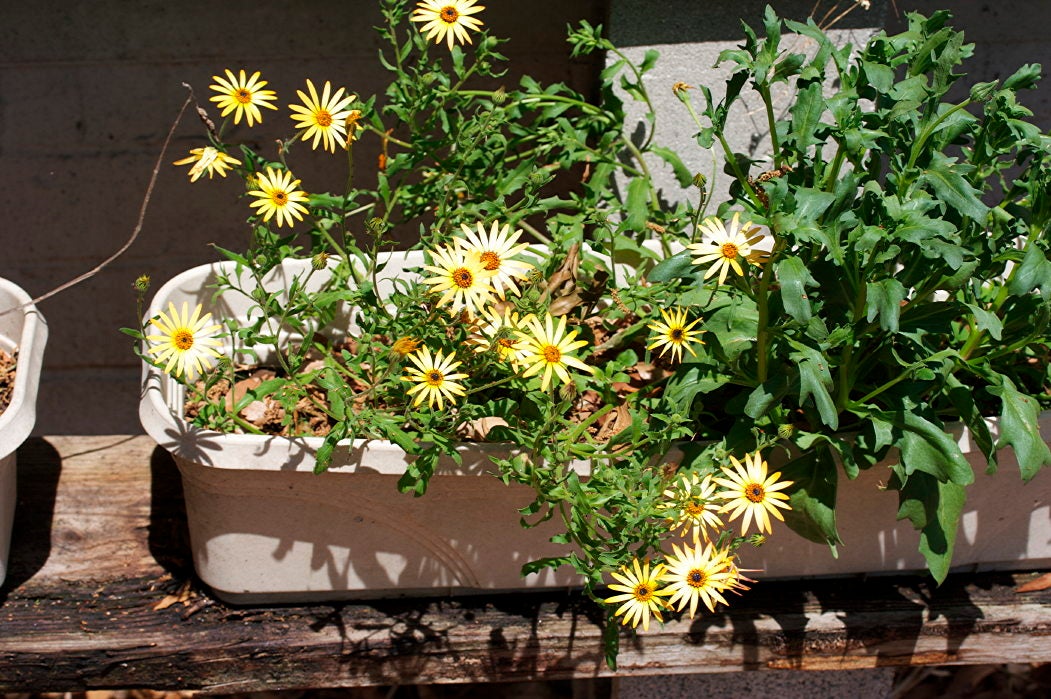

For many novice gardeners, the thought of growing and maintaining annual flowers from seed may be one that is very intimidating. These feelings continue to grow as one begins to delve further into specific feeding and watering requirements of various plants. Fortunately, even beginner gardeners are able to have great success when planting flowers that are robust, tolerant to adverse conditions, and bloom profusely. One such plant, the cape marigold, rewards growers with a deluge of bright and cheerful flowers, and both watering and feeding cape marigolds couldn’t be easier.
Feeding Cape Marigolds
Also known as Dimorphotheca, cape marigolds are small and brightly colored annual flowers. Low growing, these flowers are perfect for planting in areas which receive little rainfall. Due to their adaptability to various soil conditions, cape marigolds often spread when planted in locations with ideal growing conditions. As one may imagine, this too, means that the fertilizing needs of this plant will vary from location to location. For the most part, cape marigold plants don’t need much in the way of fertilizer. In fact, the plants tend to become leggy and unattractive when the soil becomes too rich, or even with excessive water.
How to Fertilize Cape Marigolds
Fertilizing cape marigold plants is very similar to that of feeding any other annual and perennial flowers. These are most commonly direct sowed into flower beds. As a means to encourage strong growth from the start, cape marigold fertilizer should be applied to a well amended and well-draining garden bed before the seeds are sown. Once the seeds have germinated and the plants become established, growers will need to pay special attention to the plants in their gardens. While some growers may find that feeding cape marigolds on a monthly basis is a necessity, others may find the garden soil to have an adequate amounts of nutrients. Your current soil conditions will dictate whether or not the plants require any additional feeding. Typically, the plants can get by with only a couple feedings throughout the growing season. If your soil isn’t the best, you can provide monthly applications of a balanced fertilizer – although, it’s a good idea to perform a soil test first to see what, if any, specific nutrients are lacking. This way you can adjust the feeding as necessary. Signs of over-fertilization may be apparent by lush, green growth with slowed flower production. Fertilizing cape marigolds should be done with a regular, balanced flower fertilizer composed of nitrogen, potassium, and phosphorus. As always, make certain to read fertilizer instructions carefully to ensure that it is safe for use in the garden.
Gardening tips, videos, info and more delivered right to your inbox!
Sign up for the Gardening Know How newsletter today and receive a free copy of our e-book "How to Grow Delicious Tomatoes".

Tonya Barnett has been gardening for 13 years. Flowers are her passion. She has transformed her backyard into a cut flower garden, which she regularly chronicles on her YouTube channel http://www.youtube.com/@tonyawiththeflowers.
-
 Grow ‘Karl Rosenfield’ Peony Plants For The Ultimate Frilly Border Beauties And Cut Flowers
Grow ‘Karl Rosenfield’ Peony Plants For The Ultimate Frilly Border Beauties And Cut FlowersFor frilly double magenta peony petals infused with a heady fragrance, grow ‘Karl Rosenfield’ peony plants. Here’s how to cultivate the ultimate plushy blooms
By Tonya Barnett
-
 10 Common Composting Problems That Can Spoil Your Garden Gold – Plus Easy Fixes
10 Common Composting Problems That Can Spoil Your Garden Gold – Plus Easy FixesLearn how to troubleshoot common composting issues before they ruin your stash – from bad smells and bugs to materials not breaking down as they should.
By Susan Albert
-
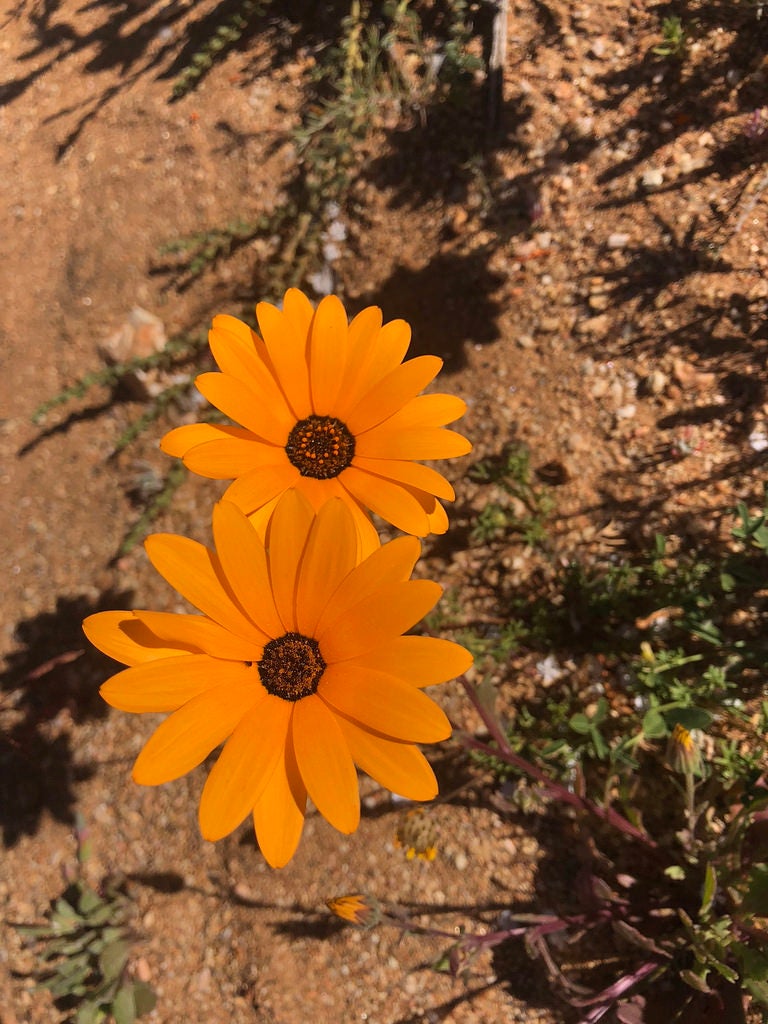 Cape Marigold Propagation – How To Propagate African Daisy Flowers
Cape Marigold Propagation – How To Propagate African Daisy FlowersAlso known as African daisy, cape marigold (Dimorphotheca) is an African native that produces masses of beautiful, daisy-like blooms. Cape marigold propagation is easy if you can provide plenty of sunlight and well-drained soil. Learn how to propagate it here.
By Mary H. Dyer
-
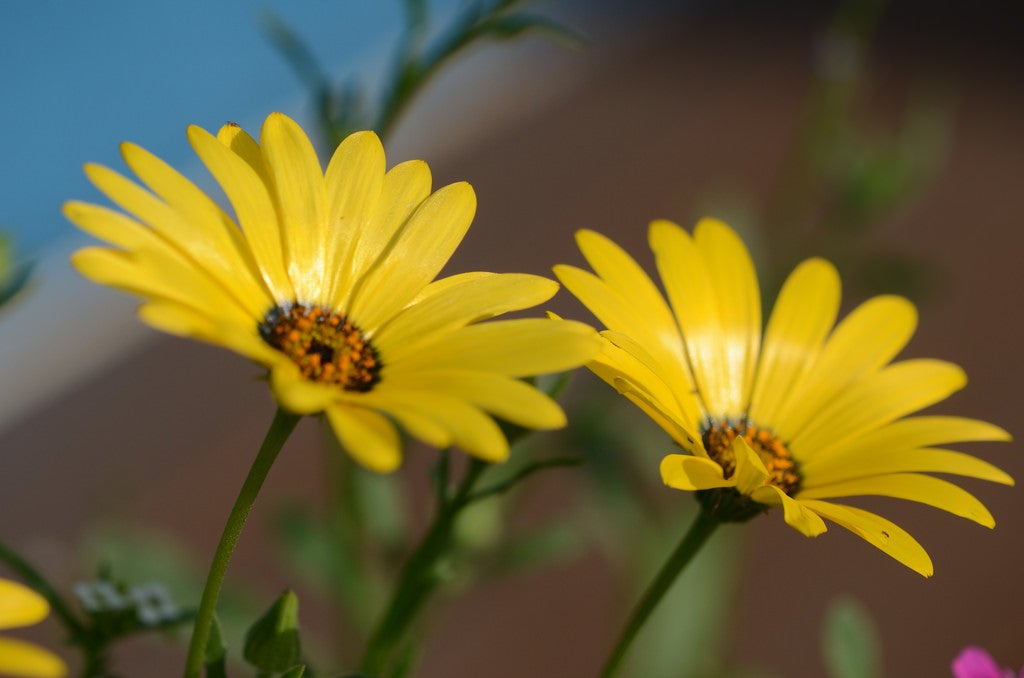 Planting Cape Marigold Seeds: How To Sow Cape Marigold Seeds
Planting Cape Marigold Seeds: How To Sow Cape Marigold SeedsWhere you live and what your climate is like will determine whether you grow cape marigold as a summer or winter annual. Planting cape marigold seeds is an inexpensive way to get started with this pretty flower. This article will help with that.
By Mary Ellen Ellis
-
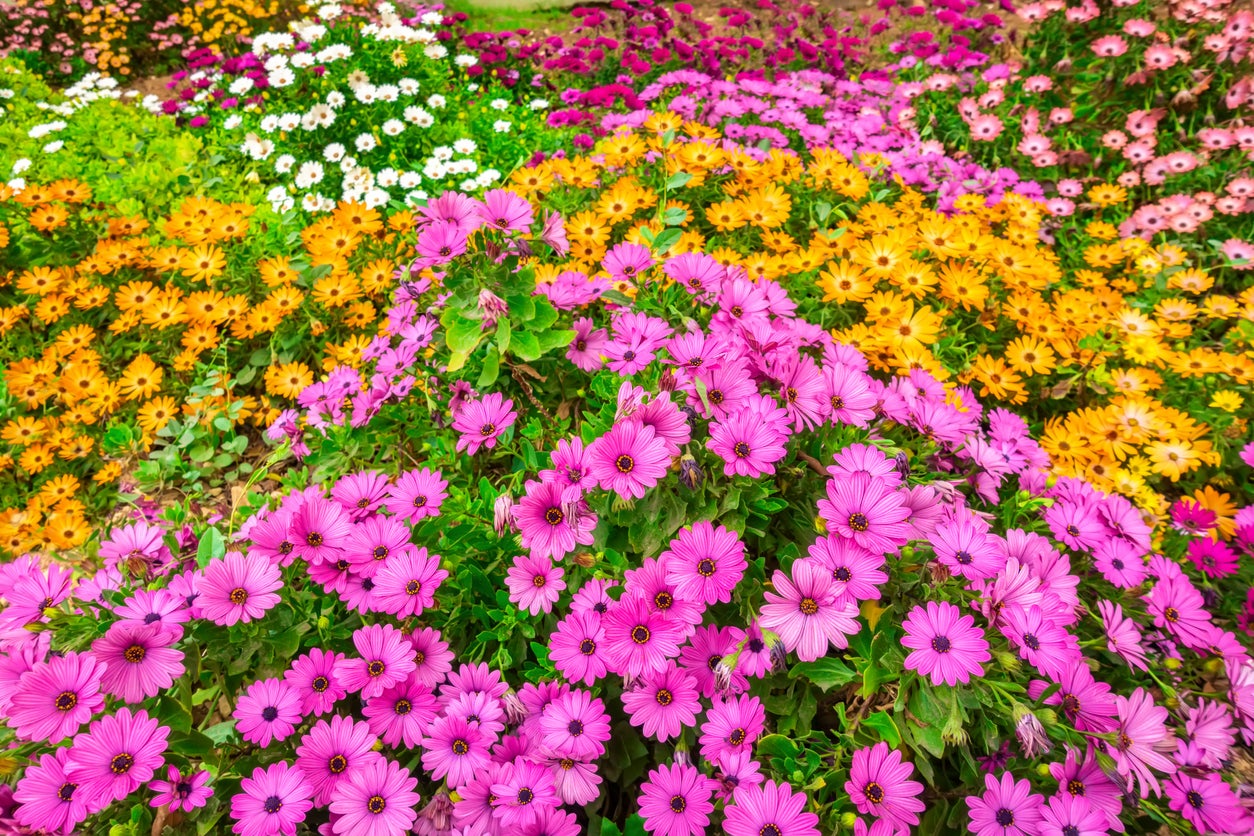 Cape Marigold Varieties: Learn About Different Types Of African Daisies
Cape Marigold Varieties: Learn About Different Types Of African DaisiesCape marigolds are always a go-to plant for container designs. Of course, the key to a perfect container design is selecting the perfect varieties of these annual plants. Take a closer look at some of the many available cape marigold varieties in this article.
By Darcy Larum
-
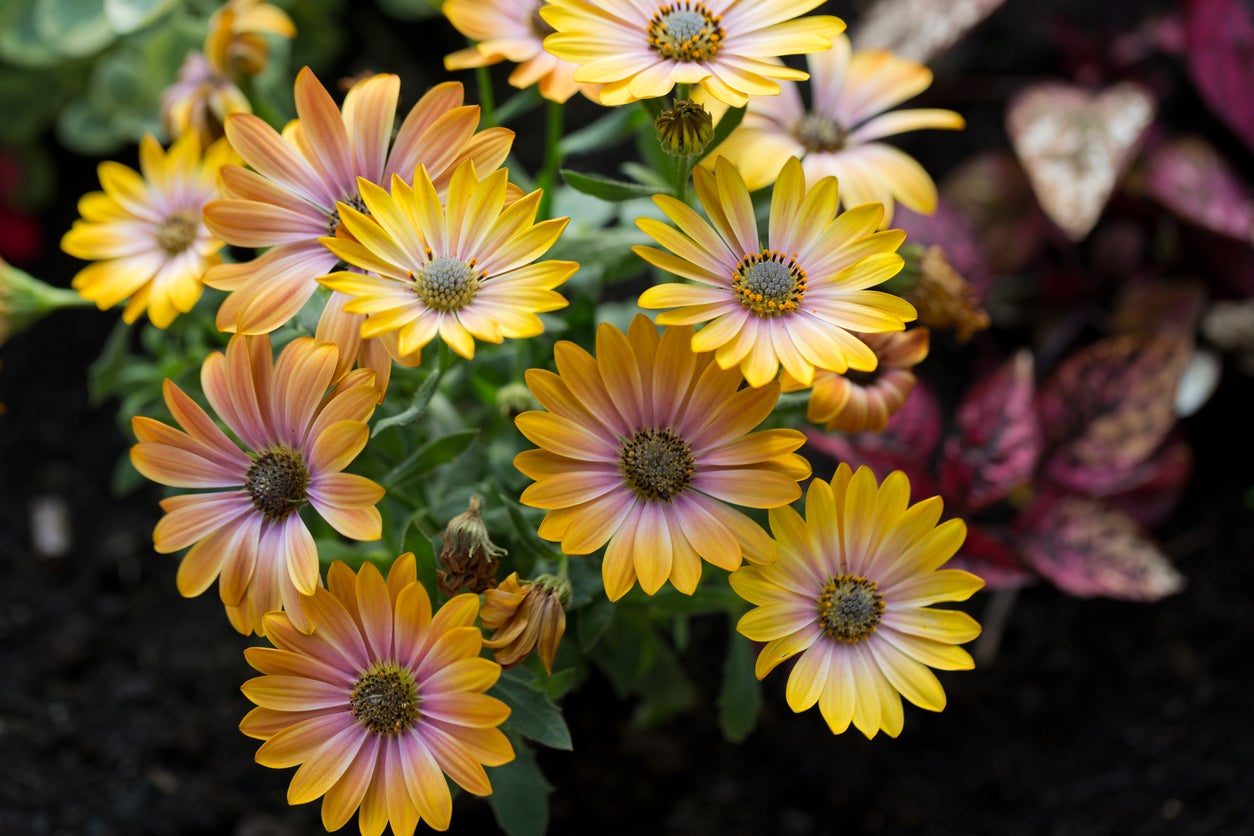 Can You Grow Cape Marigold Cuttings: How To Root Cape Marigold Cuttings
Can You Grow Cape Marigold Cuttings: How To Root Cape Marigold CuttingsIt is easy to get carried away and spend a fortune on small starter cape marigold plants each spring. However, hands-on, budget-minded gardeners may prefer to only buy a few and propagate more cape marigolds from cuttings. This article will help with that.
By Darcy Larum
-
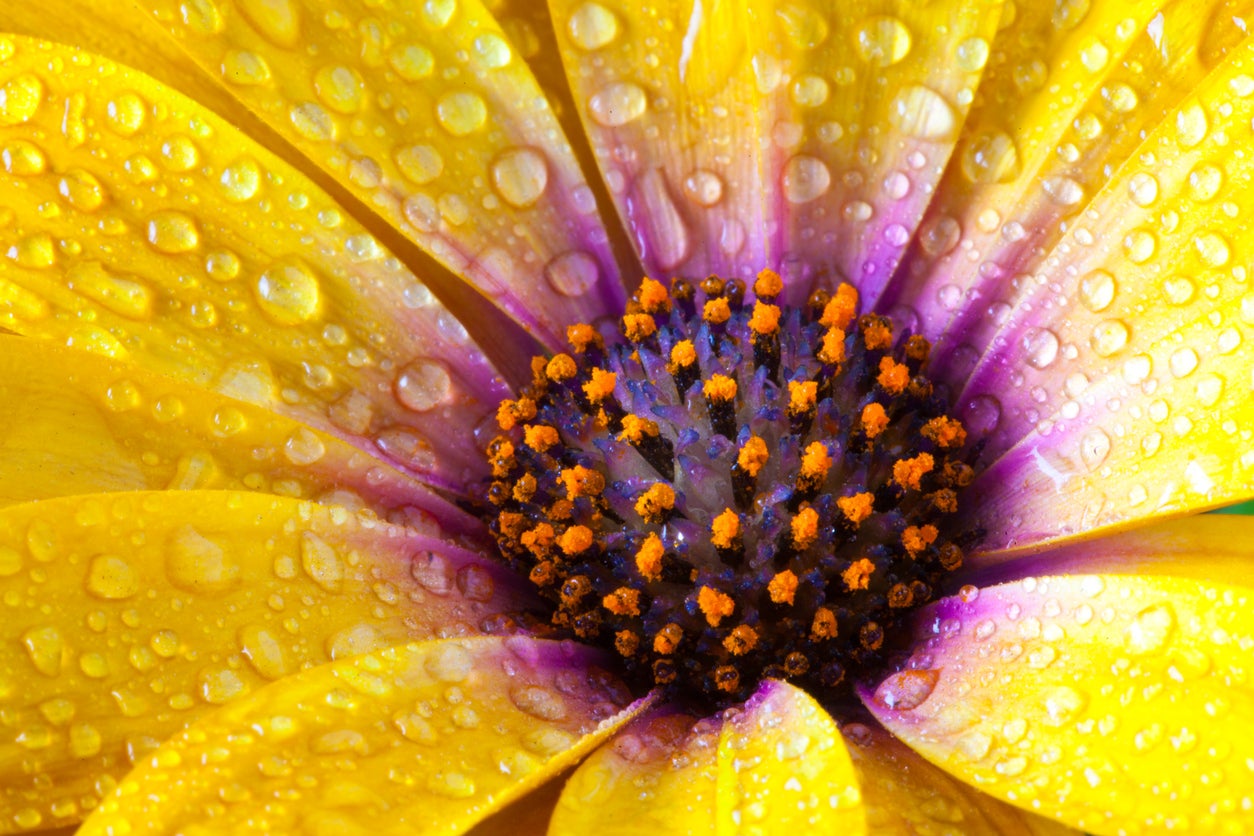 Cape Marigold Water Needs – Learn How To Water Cape Marigolds
Cape Marigold Water Needs – Learn How To Water Cape MarigoldsWith a more vital focus on today’s water use, many drought conscious gardeners are planting landscapes that require less irrigation. Dimorphotheca, also known as the cape marigold, is a perfect example of a flower which thrives with minimal watering. Learn more here.
By Tonya Barnett
-
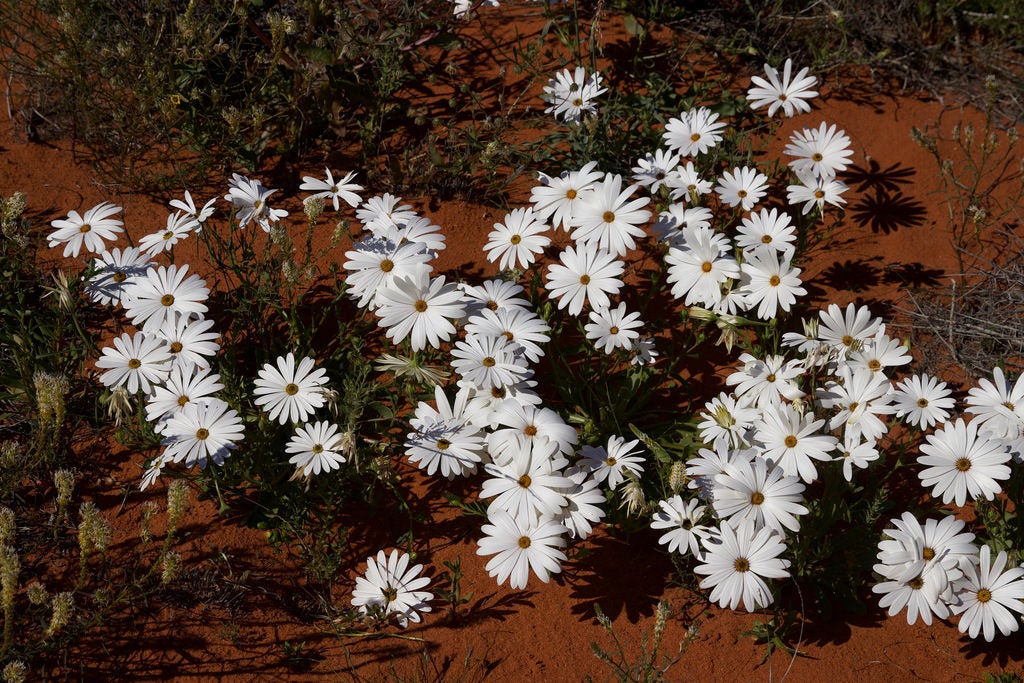 What Is Dimorphotheca: Learn About Dimorphotheca Flowers
What Is Dimorphotheca: Learn About Dimorphotheca FlowersGrowers who choose to start plants from seed enjoy greater variety, as well as the pride that comes from crafting their own landscapes. One flower, Dimorphotheca, is a perfect example of a flower that can easily be started from seed. Learn more about it in this article.
By Tonya Barnett
-
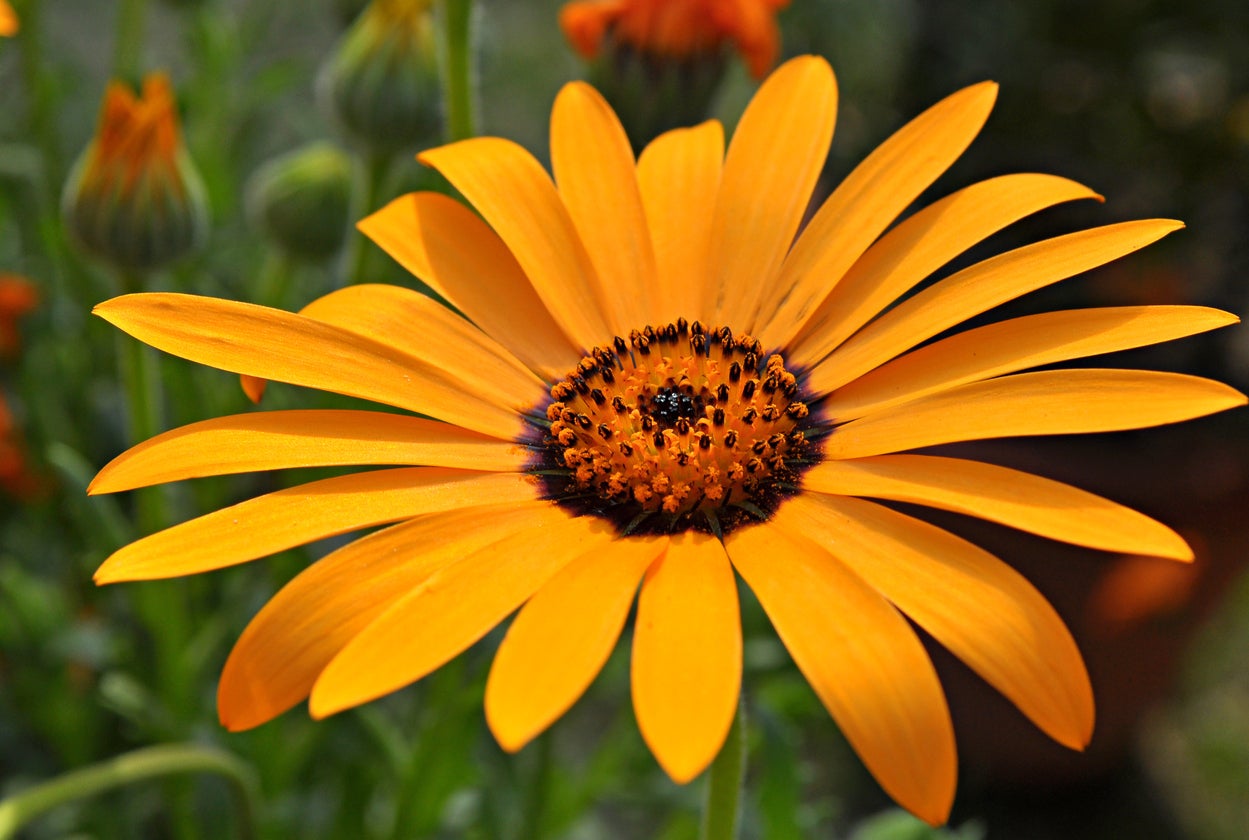 Dimorphotheca Problems – Troubleshooting Cape Marigold Issues
Dimorphotheca Problems – Troubleshooting Cape Marigold IssuesAlso called rain daisy or weather prophet, there are a few varieties of cape marigold but none are related to the marigold in spite of its most common moniker. Cape marigold problems aren’t common, but the minor issues below may affect them. Learn more here.
By Becca Badgett
-
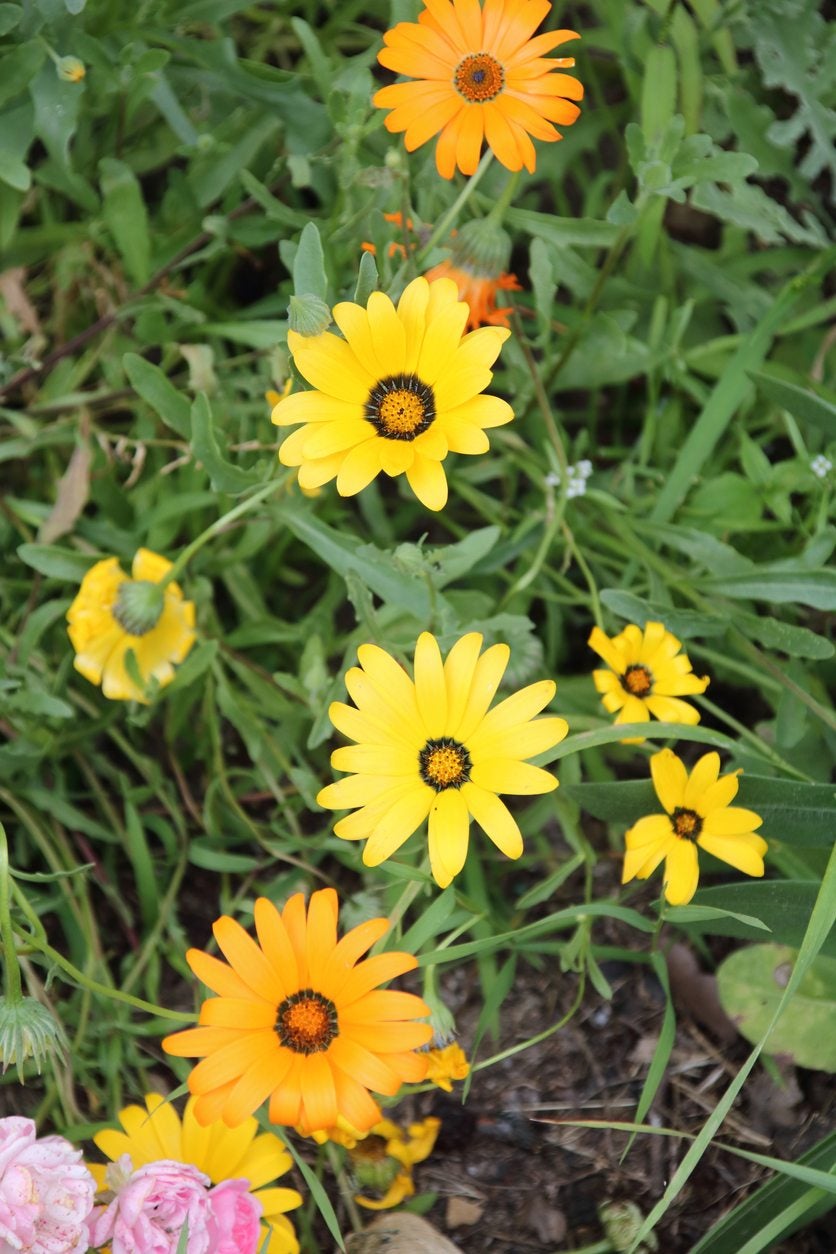 Cape Marigold Information – Growing Cape Marigold Annuals In The Garden
Cape Marigold Information – Growing Cape Marigold Annuals In The GardenWe're all familiar with marigolds - sunny, cheerful plants that brighten the garden all summer long. Don't, however, confuse those old-fashioned favorites with Dimorphotheca cape marigolds, which are a different plant altogether. Learn more here.
By Mary H. Dyer